Your daily dose of Product Management Goodness
Want to know more?
We would love to hear your questions and suggestions for topics you would like to see covered in our future blog posts, so don't be shy and get in touch!

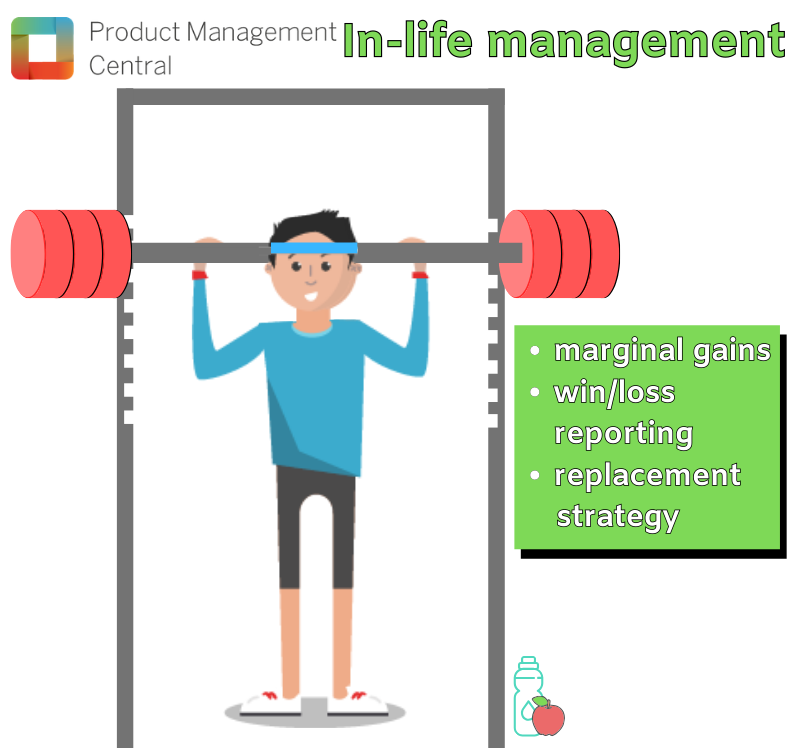
WORKOUT 5
WORKOUT 5 – Never skip leg day!!! Marginal gains and in-life management.
It seems to always be the thing that gets overlooked by product managers and those that teach product management. We find it more common that PM processes tend to leave out the detail of how we should manage our products once we’ve launched. More concerned about bringing new ideas to the table and getting them to launch.
We say, never skip leg day. Always be aware of how you can improve products in-life and manage the bit between launch and retirement as best as possible.
One of the most effective methods is product improvements via marginal gains. Many 1% enhancements that, when added together, accumulate to a greater overall improvement of the product.
On Product Management Central we can step through marginal gains in great detail with a fantastic animated video that breaks down how to best identify marginal gain improvements for your product. Sign up now by clicking here, get 7 days free, and it costs less than half of the average gym membership per month! Only £19.99 per month!
read more
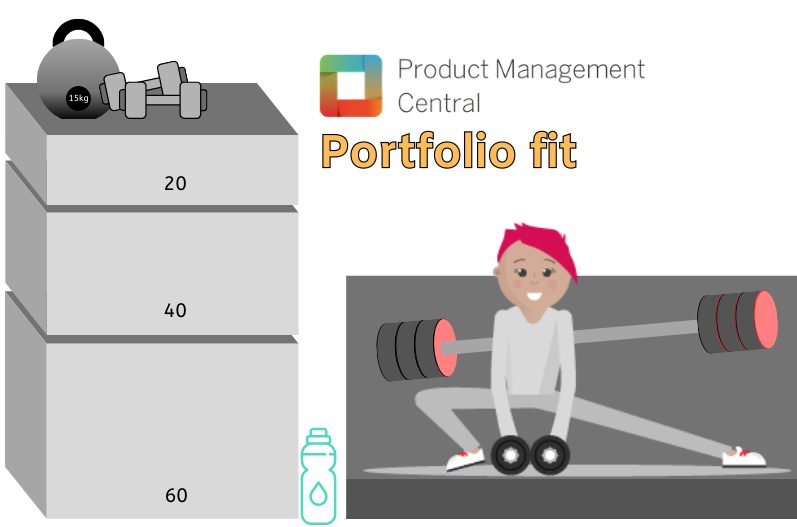
WORKOUT 4
WORKOUT 4 – HIIT – Portfolio fit.
High intensity Interval Training is always varied with lots of different available exercises, but they all share and help in working towards the same goal! So, when looking at products that are under-performing or being developed with a view to launch… Ask yourself, do these products make sense and ultimately help towards the shared goal of the business?
How do Product Managers make the right investment decisions so that the portfolio is performing well today and will continue to perform well in the future?
We use a dashboard so that Product Managers can make sure; the tactical balance is correct; the Lifecycle mix is right and the fit to longer term strategy is correct This gives a balanced view of portfolio.
Try to avoid a product portfolio where everything sits in the same area of the product lifecycle, market share and growth, business strength and market attractiveness.
At Product Management Central with have a huge variety of content and lessons that all help work towards the shared goal of upskilling your product management capabilities. Sign up now and get 7 days free! Each month after that cost less than a gym membership, work out your PM skills and further your career today!
read more
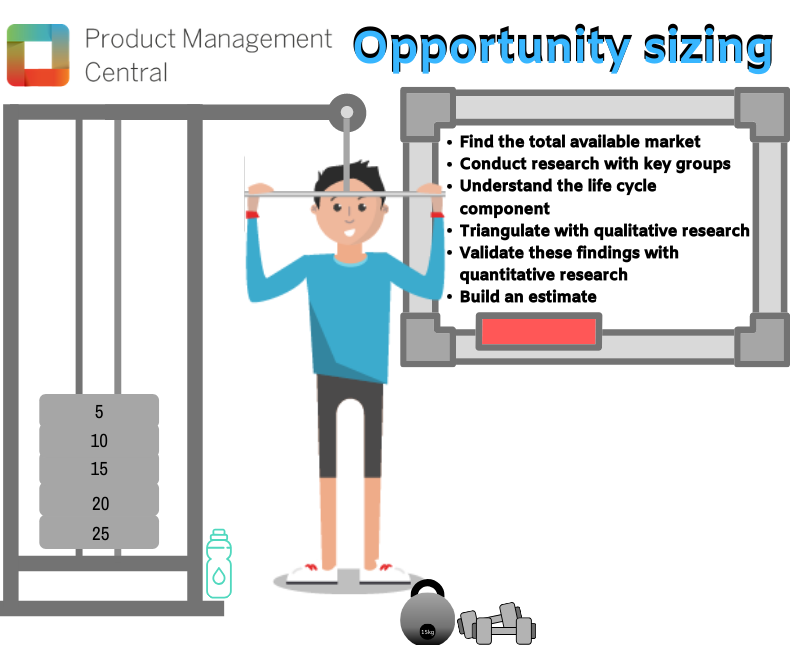
WORKOUT 3
WORKOUT 3 – Chest and Tri’s – its opportunity size!
This is the area we see and always think it could be better right? Well, if you train chest effectively you attack from a lot of different angles to get the best results. With new opportunities, it’s the same concept!
Ideation management is important and being able to understand what that idea means in terms of a potential business case, means being able to accurately describe the opportunity size.
On Product Management Central we have multiple lesson that deal with the earliest stages of a product/opportunity. Take a look at:
- Concept assessment
- Forecasting from 1st principles
- Market sizing and demand forecasting
These lessons are useful in isolation but combine them all together and all of a sudden everything begins to make sense and fall into place. Join PMC and gain access to all of this training + refined templates and tool to help you complete the work.
Below are the steps we take when we scope a new opportunity, part of our forecasting from 1st principles lessons. Sign up to PMC now and download this tool to help in opportunity sizing!
So, here are questions on how to assess a new concept in order to determine opportunity size:
read more
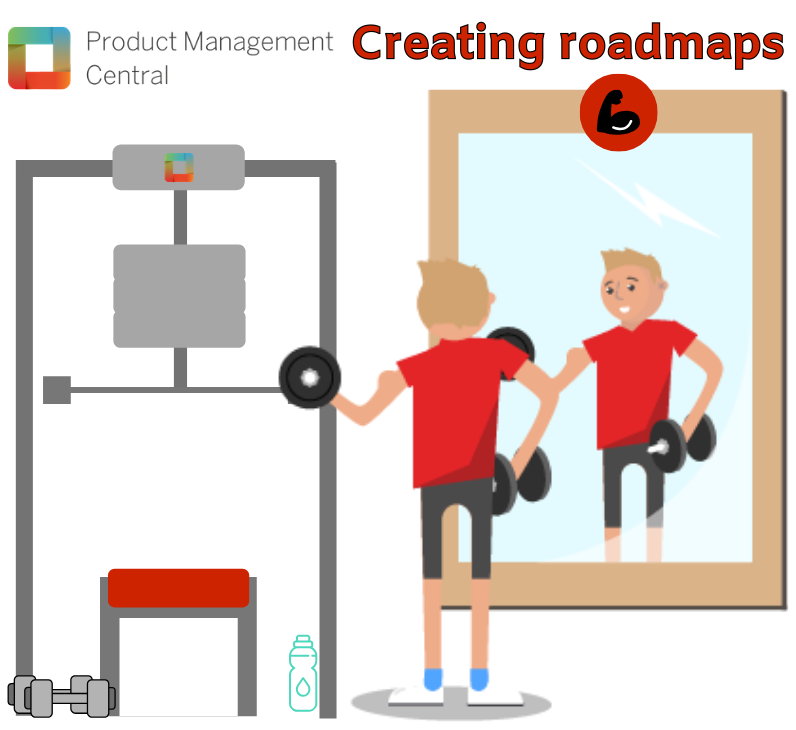
WORKOUT 2
WORKOUT 2 – Biceps and back – Creating a roadmap.
It’s time to pump those arms and flex that back! Roadmaps take many different forms and are used for a vast number of different applications. There are a few types of roadmaps that are crucial to any products lifecycle and management, here is an overview!
The Visionary Roadmap – A high-level view of where your products need to go over the next 5/10 years based on market mega trends. It sets the direction of travel.
The Product Roadmap – It takes the vision and breaks it down into tangible customer deliveries. It defines how value will be delivered and identifies the major landmarks on our journey to our vision.
The Technical Roadmap – It adds detail. It describes how we get to each major landmark identified in the Product Roadmap, the people involved, etc. It tells us how we’ll make our journey to vision.
Go to Product Management Central at any time to check up on our road-mapping content and learn how to complete this effectively. Whenever you need to revise your megatrend roadmaps or need access to a useful tool or template to complete these tasks, PMC is your go to destination!
read more

WORKOUT 1
WORKOUT 1 – Boulder shoulders, We’re Creating Personas!
So, its Shoulder day at the PM Gym and Product Management Central is going to step you through a shoulder workout like no other. We are going to look at the importance of creating personas and the steps we take to make this as effective as possible.
We build out personas in order to better prioritize how and what we build into our product requirements. Personas are fictional representations of actual users, they’ll only work if you fully understand who your users are – or will be. The more information you have, the better. Generally, 4-7 Personas (whittled down from several user groups) are sufficient to capture and document a majority of user requirements.
It’s a simple model:
1. Start with their wants and needs
2. Then describe how they think and feel based on those wants and needs
3. Next, what do they do about the situation
4. Finally, knowing more about their situation we can create a problem statement around their pain points
You can use your knowledge and make assumptions to create proto-personas that you then go and validate. We have some great tools for creating personas available on PMC. Learn more here: https://www.productmanagementcentral.com/
read more
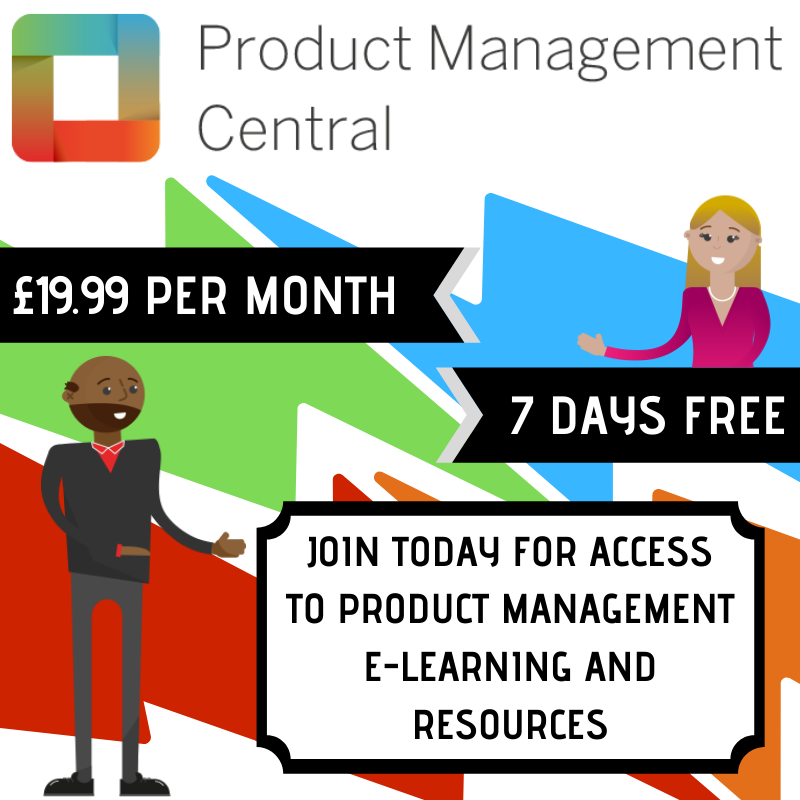
The PM gym
At Tarigo we would like to invite you to join the PM Gym and exercise your product management capabilities. Be better prepared and more proficient everyday as a Product Manager by maintaining constant access to learning and training materials that mirror the content and quality of our face-to-face training.
Product Management Central is your new gym, open 24 hours, allowing you to workout each skill and task that Product Managers have to perform day in, day out. At less than half the price of the average gym membership in the UK - you’ll barely notice the cost, but you will see huge benefits with access to:
- Lesson topics on all thing’s product management.
- Access to archived webinars, deep dive papers and daily blogs.
- A vast Product Management toolbox with tools, templates and interactive features.
Use all of this and more to assess, manage and improve your own Product Management capabilities without the cost and out of office time of traditional training!
Follow us this week to see each ‘Workout of the Day’ to challenge your PM skills and give you a taste of the content that can help you on Product Management Central.
read more

Get the message across
I’m a fan of simple, clear and engaging messaging. This one from the London tube worked for me. Got any favourites?
read more
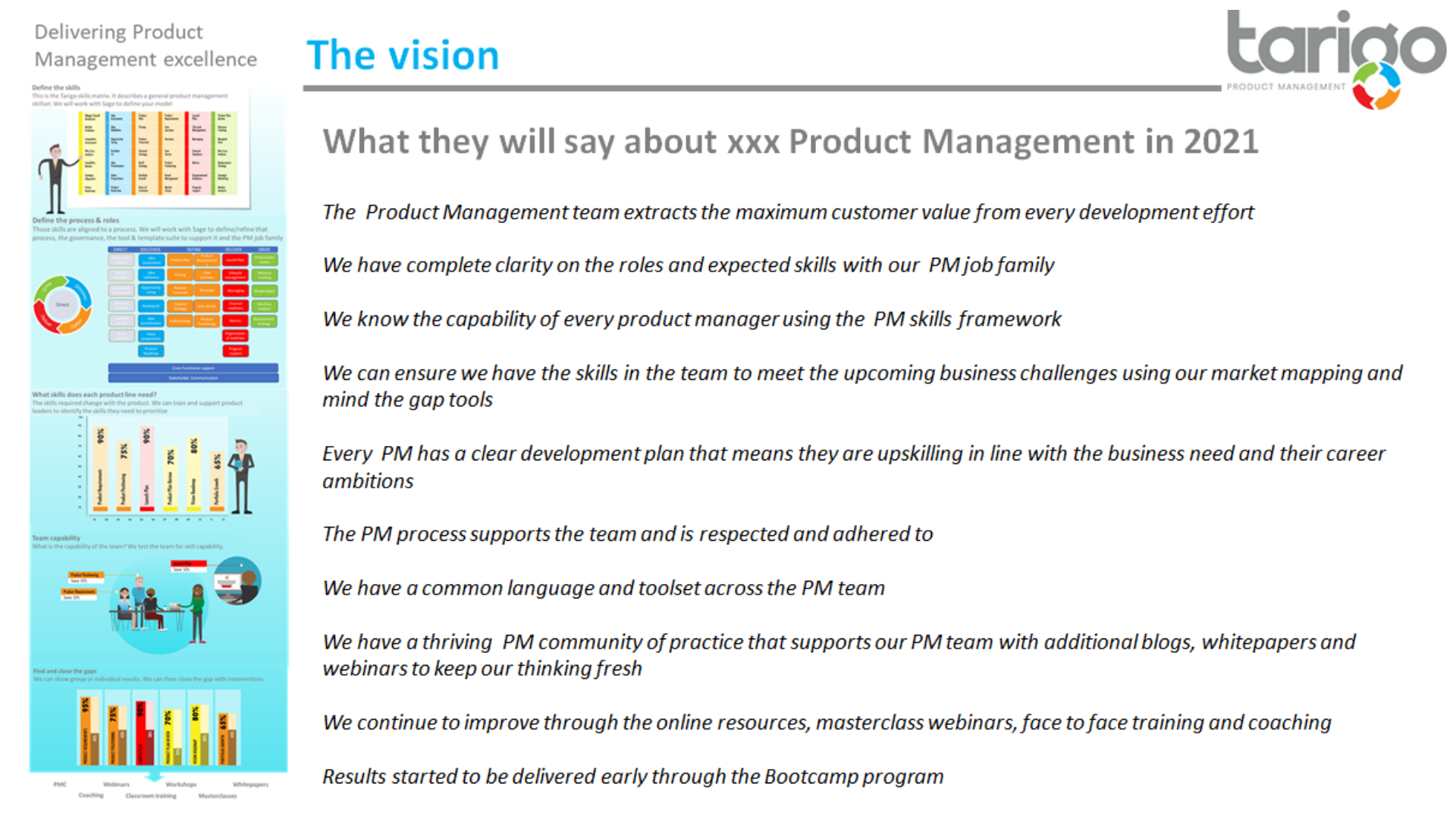
Product Vision
Building out a product vision can be challenging, so I thought I’d share this approach with you. We’re working with a customer who wants to build product management excellence into their team over the next three years. But what does that mean? The approach we’ve taken is to describe the future by a series of quotes – what would people say about the team in 2022. I found this to be really helpful in that it gave us some goals to drive to. I can see how we can refine it to cover a range of voices (e.g. what would customers say, what would dev say, what would competitors say, etc). Interested in your thoughts.
read more
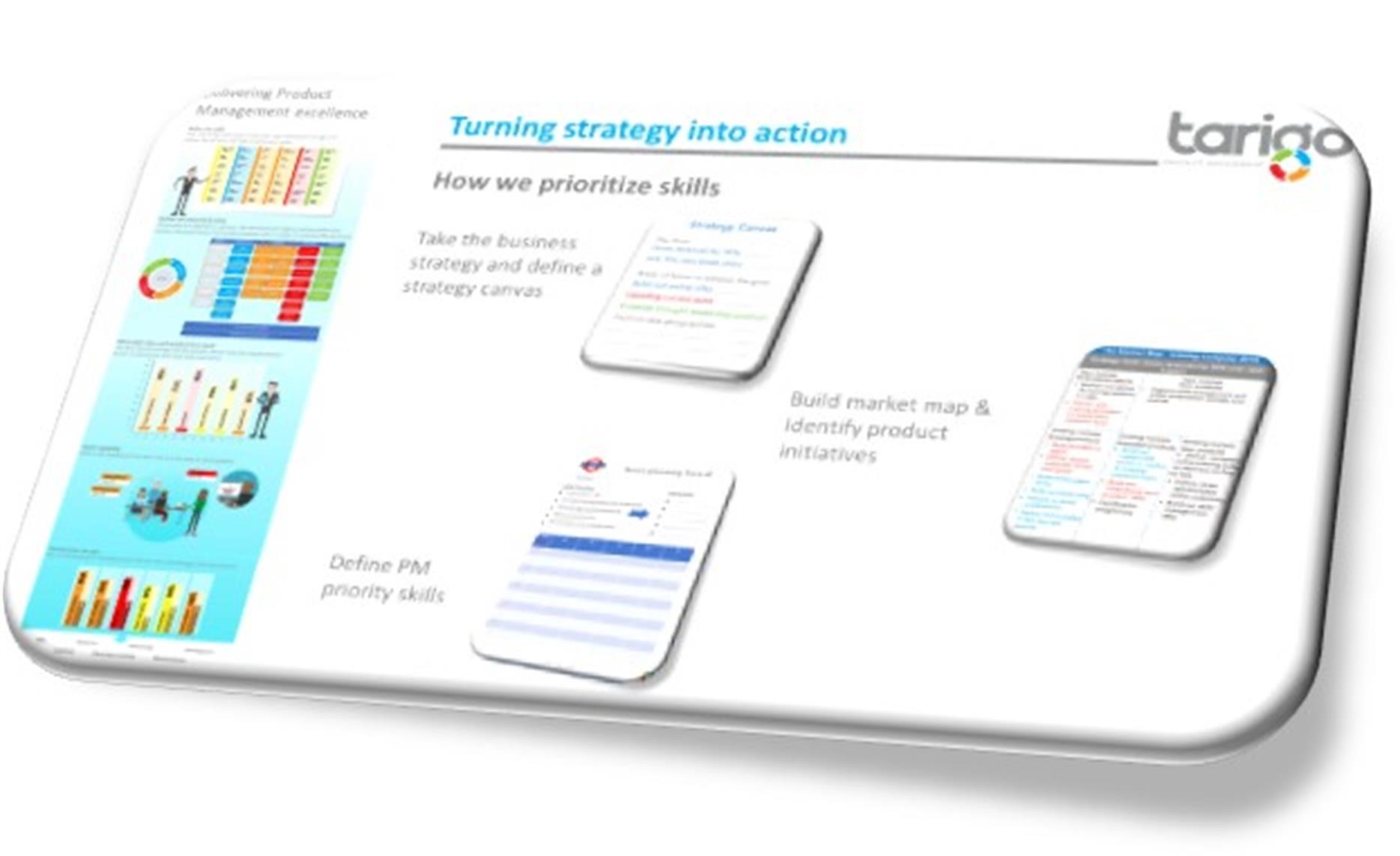
Turning strategy into action
How does a product leader work out what skills they need in their PM team next year? We help teams take business strategy and translate it prioritized PM activities using our strategy canvas, market map, and mid the gap tools:
• Strategy Canvas – Take strategy goals and identify areas of focus that align for your product
• Market Map – Take those areas of focus and define product initiatives in five different risk categories
• Mind the Gap – Take those product initiatives and define the skills you’ll need in your PM team to effectively deliver
This gives product leader clarity about what they need from their team. Want to take a look at any of those tools? Drop us a note at info@tarigo.co.uk
read more
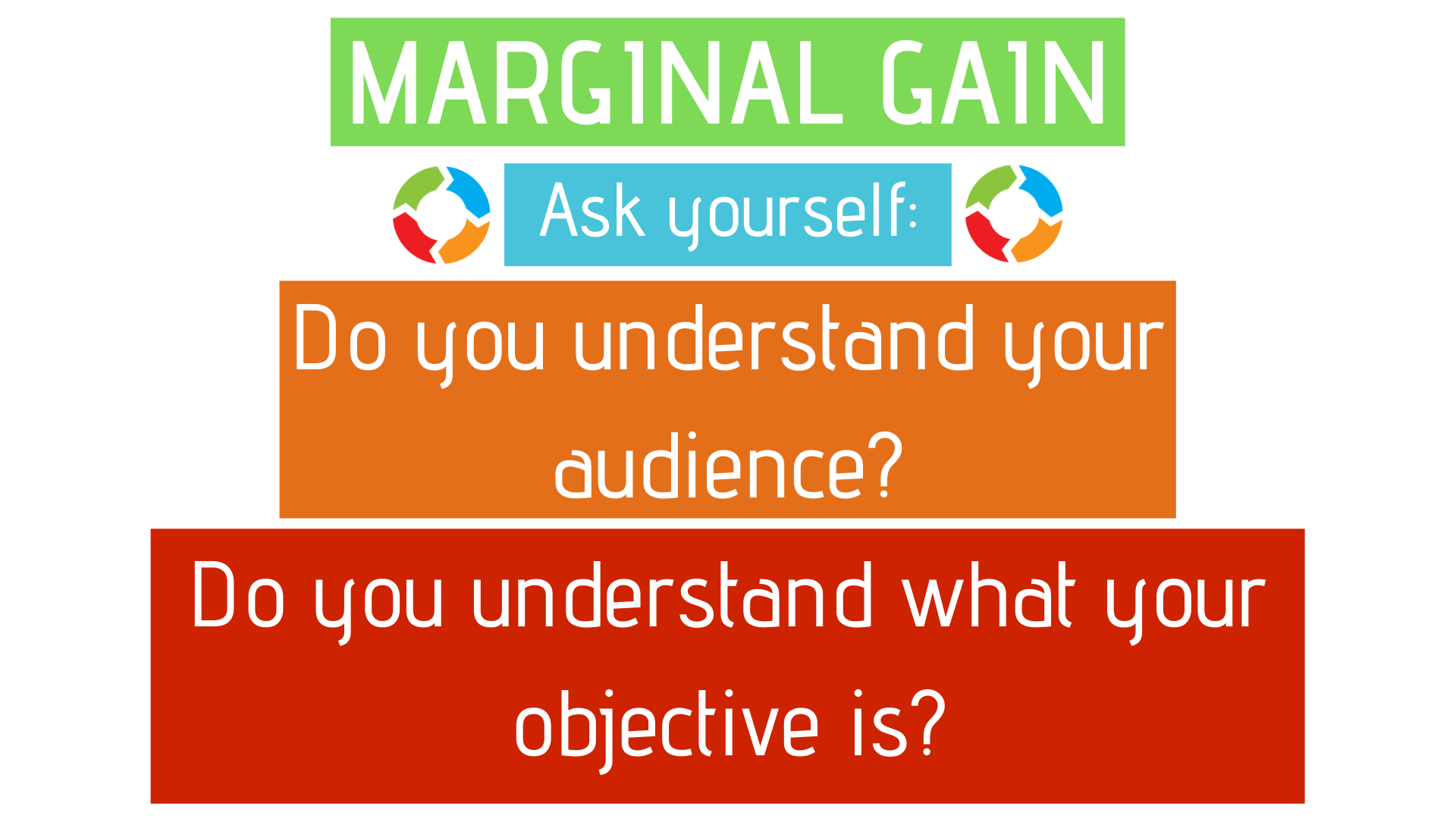
Have the foundations set
Marginal gain improvements to your product can be very beneficial, all of those borderline losses soon turn to wins with a better more rounded out solution.
But you have to be sure that when you lose out to a competitor that you know why.
Was it a marginal loss? Or, has your product actually missed the audience in a much bigger way?
Before you turn to the tactical marginal gain strategy, be sure that you have the foundations set.
Ask yourself:
Do you understand your audience?
And, Do you understand what your objective is?
Be sure that the answers to these question are well communicated across you company and customer base. Get this right straight away!
read more
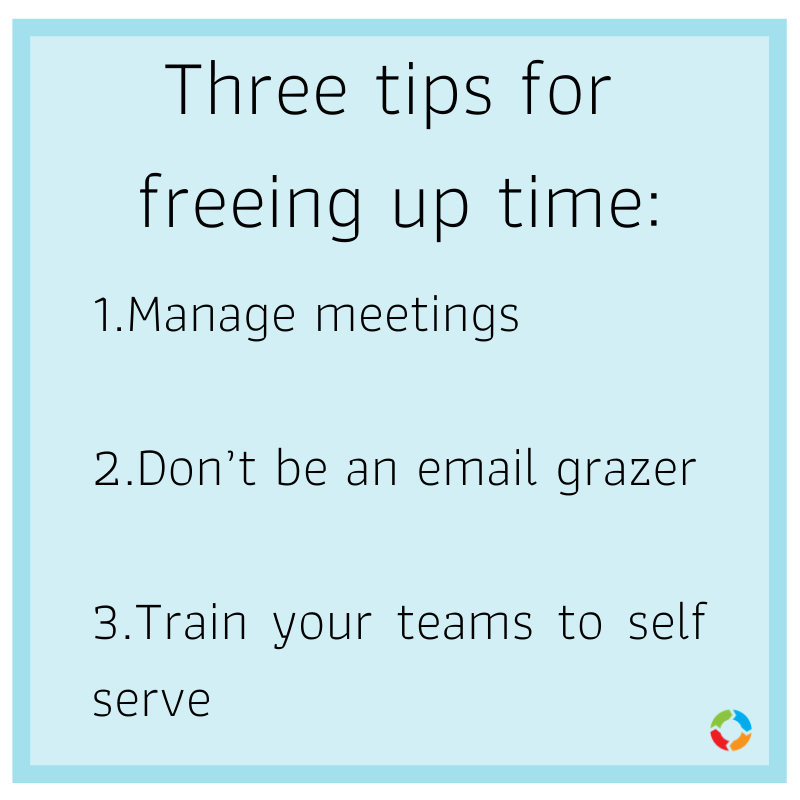
Finding time to be strategic
How do you find time to be strategic?
Most product managers know they need to dedicate some of their week to thinking towards the future, but many are overwhelmed by their daily workload - constant tactical interrupts. Here are three tips to help free up some diary time
Manage your meetings - ensure all meetings have a defined purpose. And why do meeting need to be an hour? Try 15 minute stand-up meetings.
Don’t be an email grazer- Those notifications that pop up in the corner of your screen distract. You can end up email grazing - reading them, worrying about them, taking no immediate action. Be proactive in your email usage - set aside two 30 minute sessions a day where you read, deal and delete. And don’t check outside these windows
Train your teams to self serve - if you’re at the centre of every customer presentation, or the sales team need you to answer every question it means you’ve not trained the sales team. Take your best product presentation, annotate it, record you delivering it, make it accessible to sales. And and FAQ can help deal with those repeat questions that eat into your time.
You’ll be surprised how much time you get back with a little bit of structure
read more
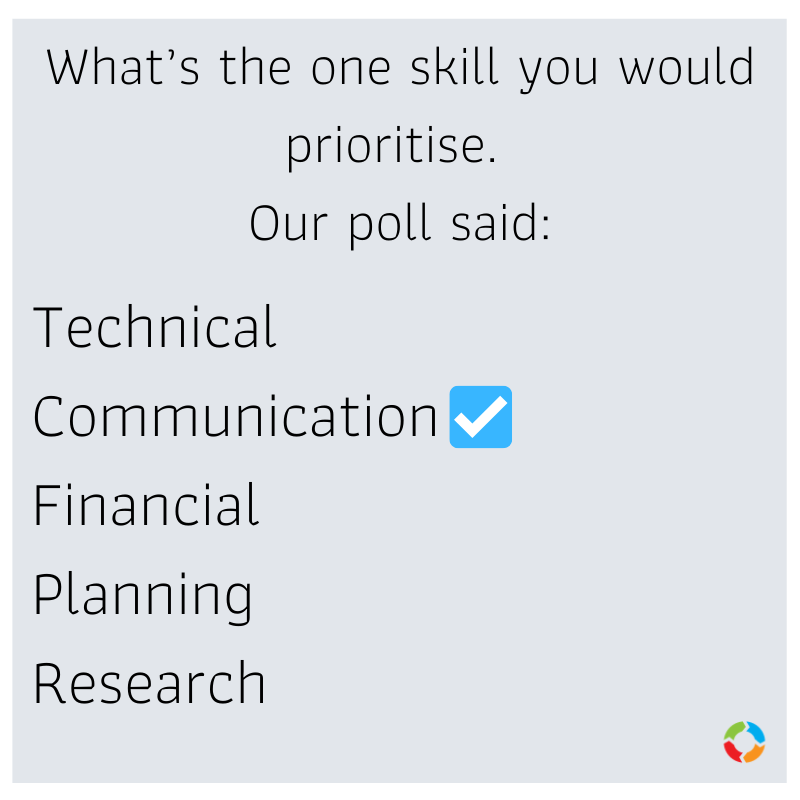
Prioritise Communication
We’ve just completed a survey with one of our large international customers. One question we asked leadership was ‘If you could improve just one skill area across product management, what would you choose’. Communication was the clear winner. This was described in a number of ways ‘clarity of communication’, ‘communicating bad news’, ‘making it simple’, ‘telling me what’s going on’, ‘keeping me in the loop’, ‘speaking in my language’, ‘they make it too complex’, ‘they drop to detail and miss the big picture’ ....
This resonates. Too often I meet product teams who fail to be clear, concise, consistent, and relevant in their communication to leadership teams. Remember, Product Managers need those soft skills just as much as those technical skills. It’s no good having a great product idea if you can’t present it well.
read more
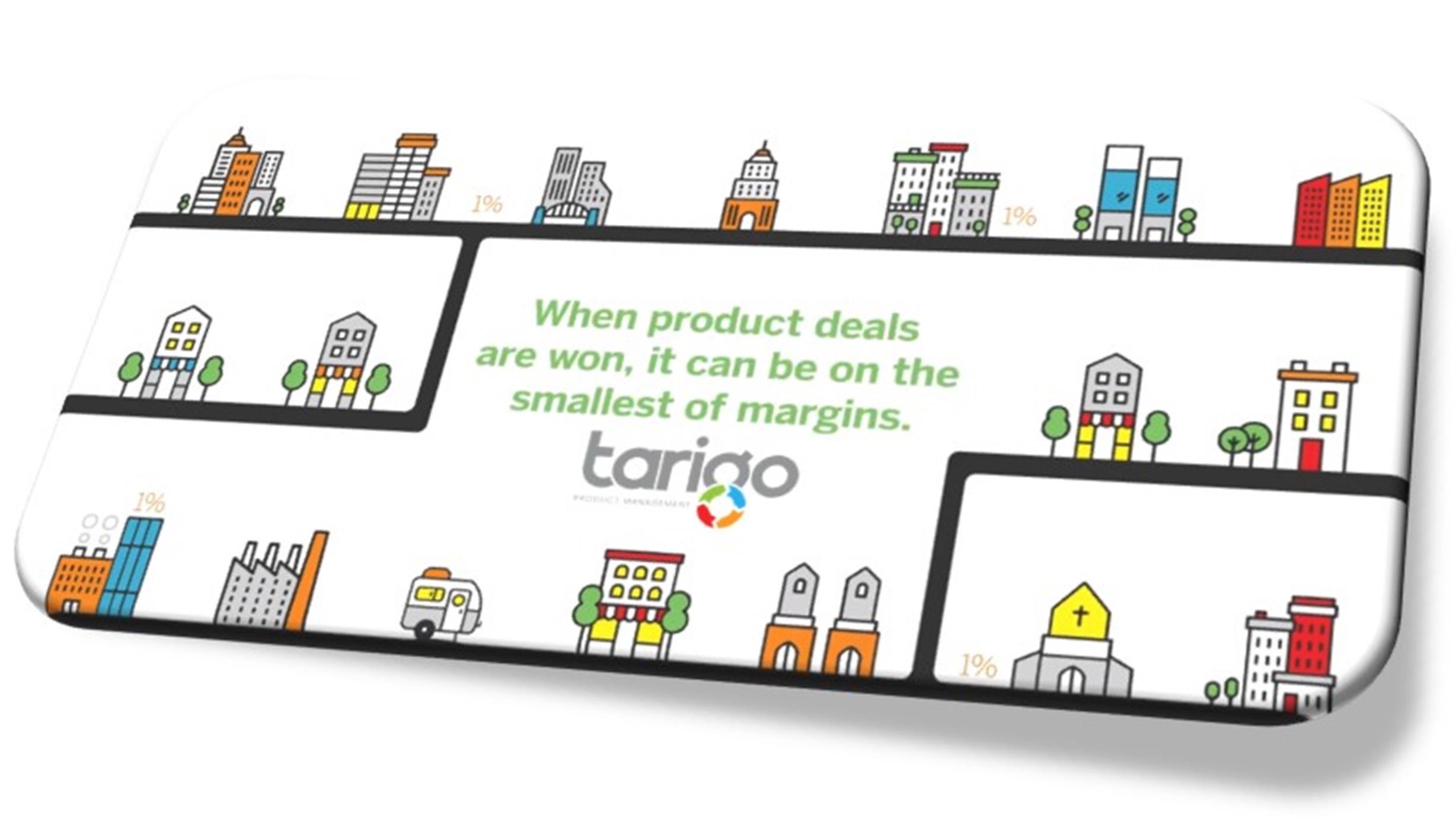
Friction out of the Product
Take the friction out of your product
I’m choosing a new car at the moment and I’m struck by how close it is between three options. The point is this; I’d be happy with any of the three and the decision is likely come down to friction –a salesperson being slightly more responsive, a slightly easier ordering process, something that just makes the deal a little easier to do. The same is often true for the products we manage. The difference between us and our competitors is often tiny and a little bit of friction can be the difference between a win and a loss. Think about it like this– Have you made your customer journey as frictionless as possible?
If you want an example of friction free think , think Amazon One Click – no entering credit card details, or addresses, or worrying who now has your information. I can’t be the only one who buys more through Amazon because of the frictionless purchase that One Click offers, even when it might not be the cheapest.
read more
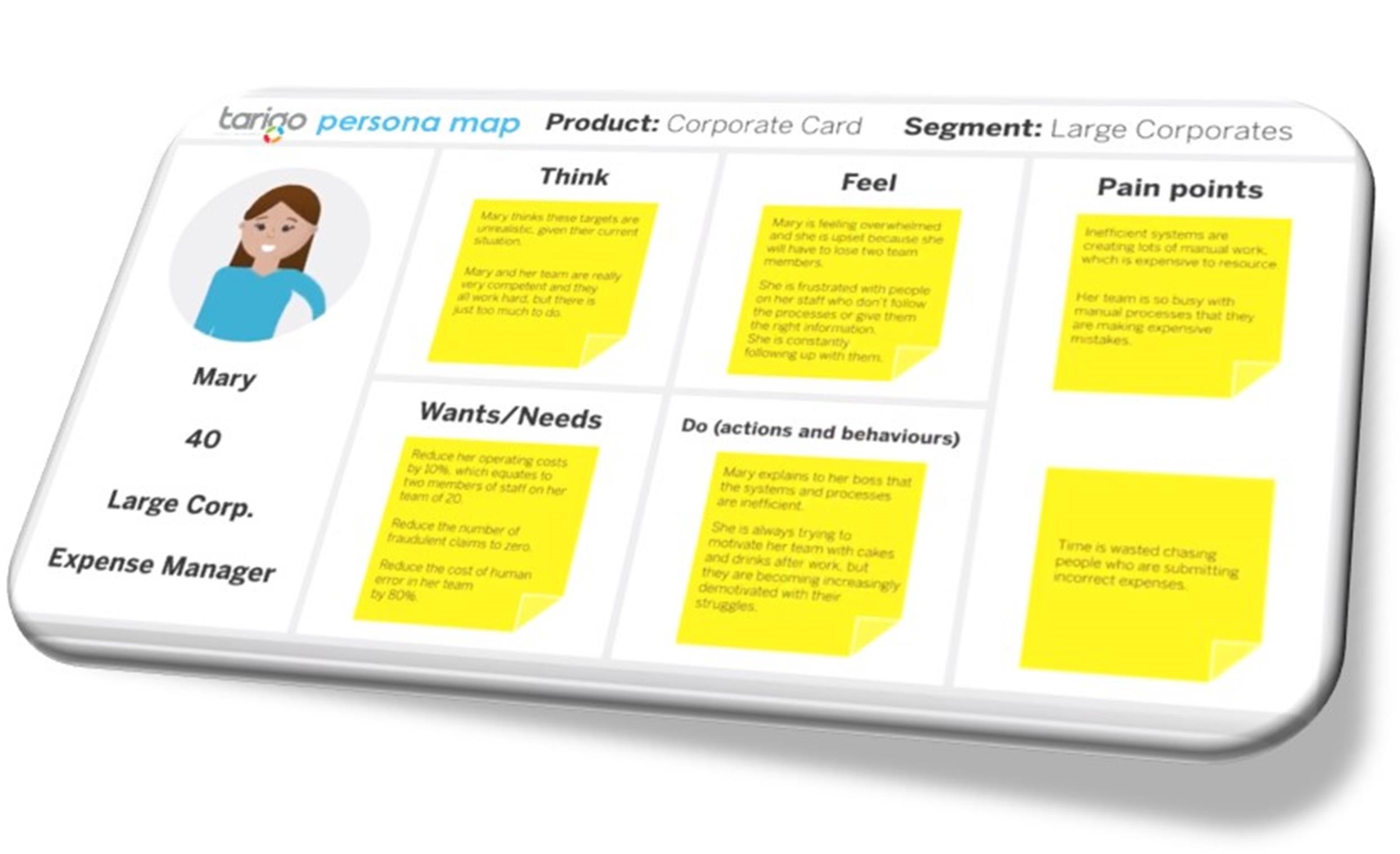
Persona map
The goal of a persona is to represent the observed mindsets and behaviours of a target customer group to help us understand them better. We can’t develop a relationship with every single one of our customers, but we still need a way of understanding them. Grouping together customers with similar problems, needs, wants or desires helps us define them. Proto-personas can help product managers build a sketch- view of a customer type. We use an empathy map to understand our customer and build out a proto-persona:
1. WANTS/NEEDS – What are they trying to achieve? What targets do they have?
2. THINK – What do they think about this? For example, do they think their targets are reasonable?
3. FEEL - And how does this make them feel? Content? Overwhelmed? Happy? Angry?
4. DO - What does are the doing about the situation? How do they manage it today?
5. PAIN POINTS – What are the problem statements we can derive from points 1-4
Now that we understand needs and pain points, we can design an effective solution and craft sales messages to show how our product meets their needs.
read more
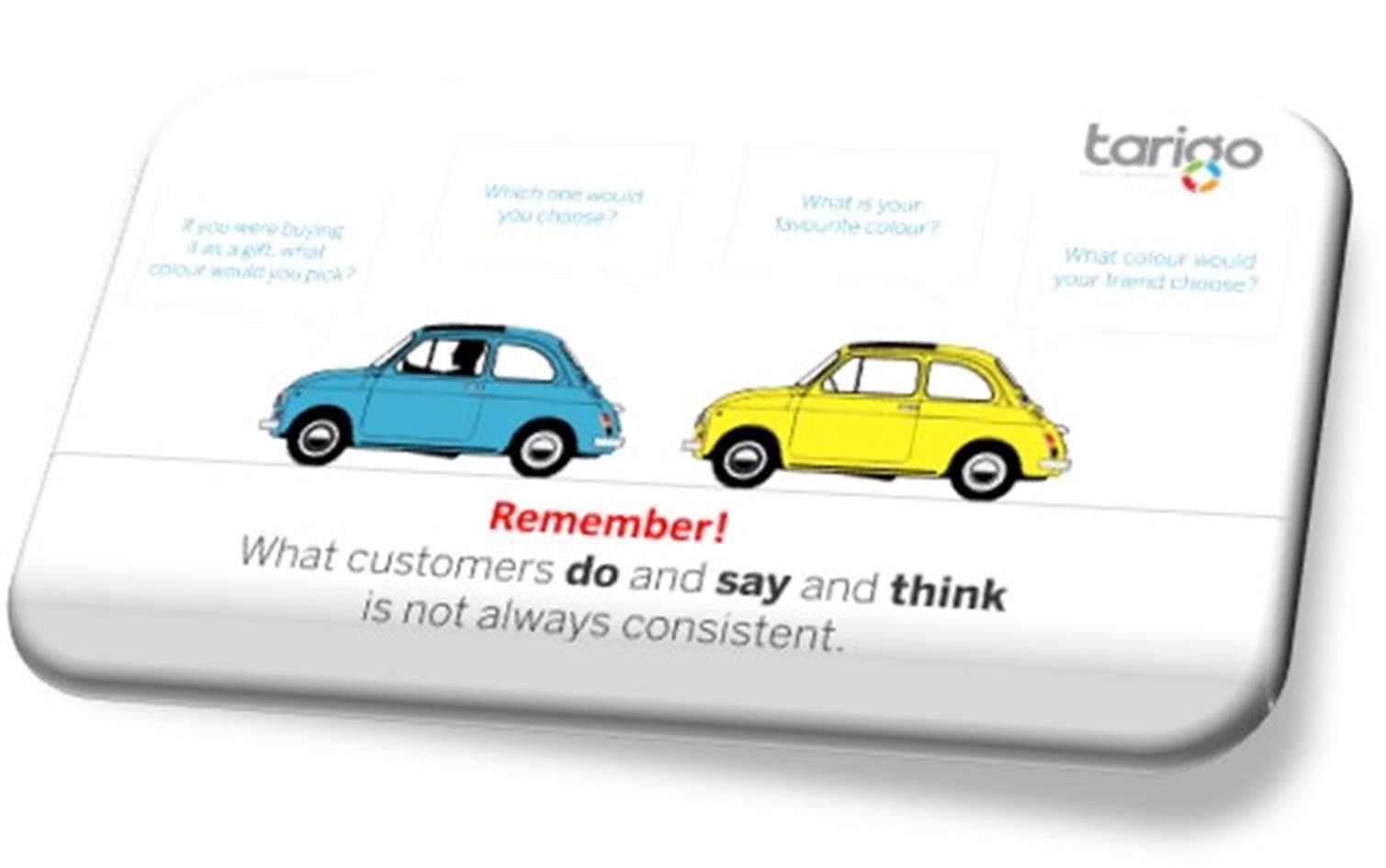
Market research point
A small market research point today; with all research techniques we should remember that what customers do and say and think is not always consistent.
I may LIKE the yellow car. It might be my FAVOURITE colour, but I might BUY the blue car – it stays looking clean, it’s easier to sell on. It’s less risky!
So, what does this mean to us as product managers? Its means we should try and ask the same questions from many angles and look for consistency in the responses we collect.
read more
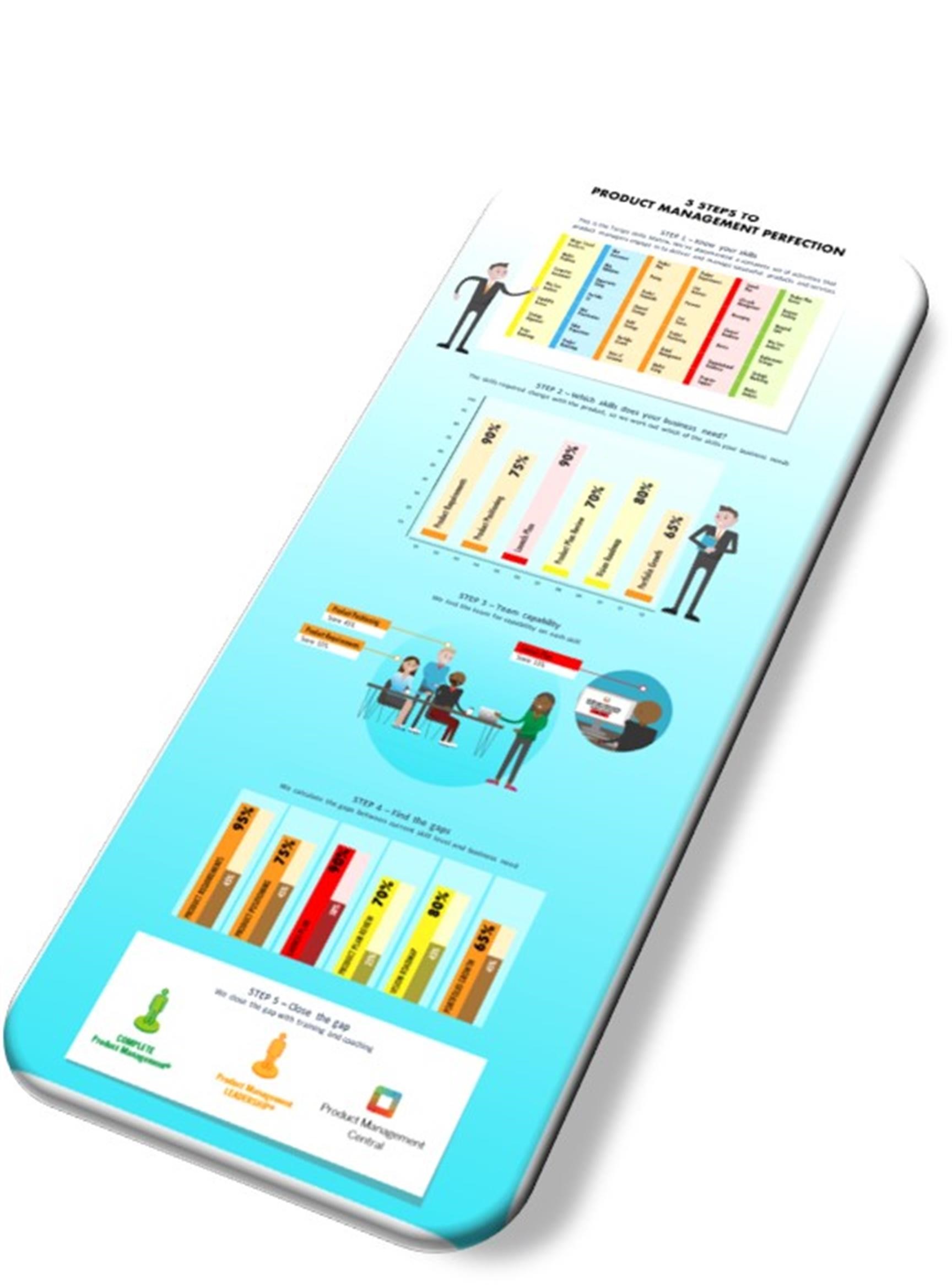
Skills Building
How do you build the perfect product management team?
Here’s our five step model for skills building:
1. Know your skills – There are a huge number of activities involved in delivering great product. You need to know what those skills are before you can work out if your team has them. Tarigo has a skills matrix. Ask for one at info@tarigo.co.uk
2. Know what skills you need to focus on – What do your product managers need to excel at? It’s of limited value if you have an innovation expert trying maximise revenue from a mature product. Pick and prioritise the skills focus on.
3. Test team capability – Work out if the team has capability in the areas you need it. We use skills cards and online tests to work out how much capability an individual has per skill.
4. Find the gaps – Identify the distance between the skills the business needs and capability the product manager has.
5. Close the gap & measure – Build an intervention program. We offer bootcamps, bespoke training, webinars, masterclasses and online training to help teams close the gaps.
If you want to book a 30 minute consultancy on how we can help drive better product management performance in your organisation, email us at info@tarigo.co.uk
read more
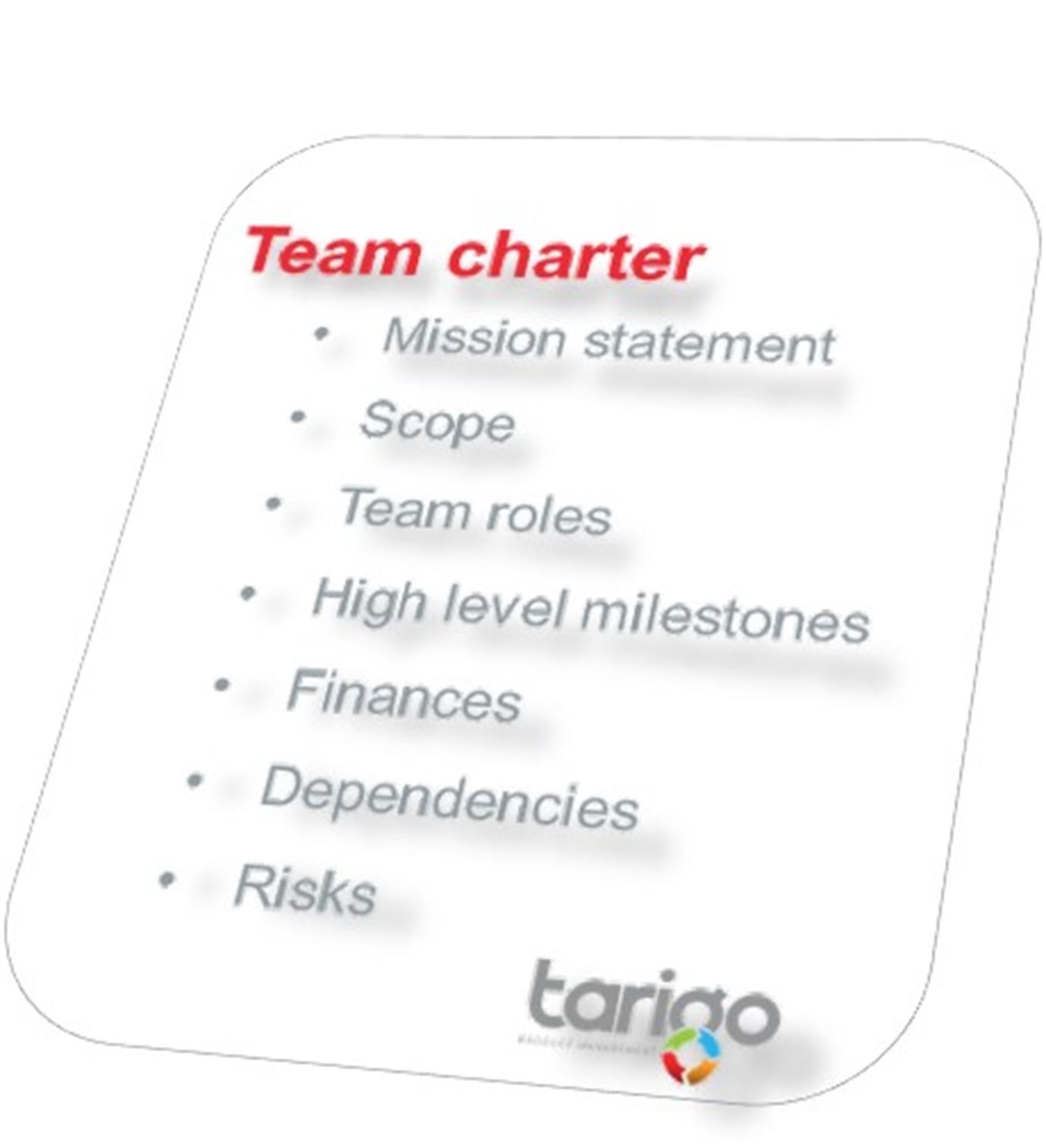
Team Charter
Delivering complex product to market means working with multiple teams across multiple regions. It requires clear communication to keep the team on track. We use a Team Charter to fix this – a simple document that gives direction and purpose. We’d recommend spending a little bit of time upfront getting the team charter in place to reduce team tension and confusion. Turn it into a poster, put it on the wall, think of it as rules of engagement:
• The mission - What this team is going to accomplish and why.
• Scope - What is IN SCOPE and what is OUT OF SCOPE.
• Team Roles - Who’s on the team and what are their roles.
• High Level Milestones - What does progress look like.
• Finances - Are there funding requirements.
• Dependencies - List key inter-dependencies which need to be taken into account
• Risks - List key risks (e.g. Regulatory, Legal, Brand, Financial, etc.)
Drop us a note on info@tarigo.co.uk and we’ll send you our team charter template
read more
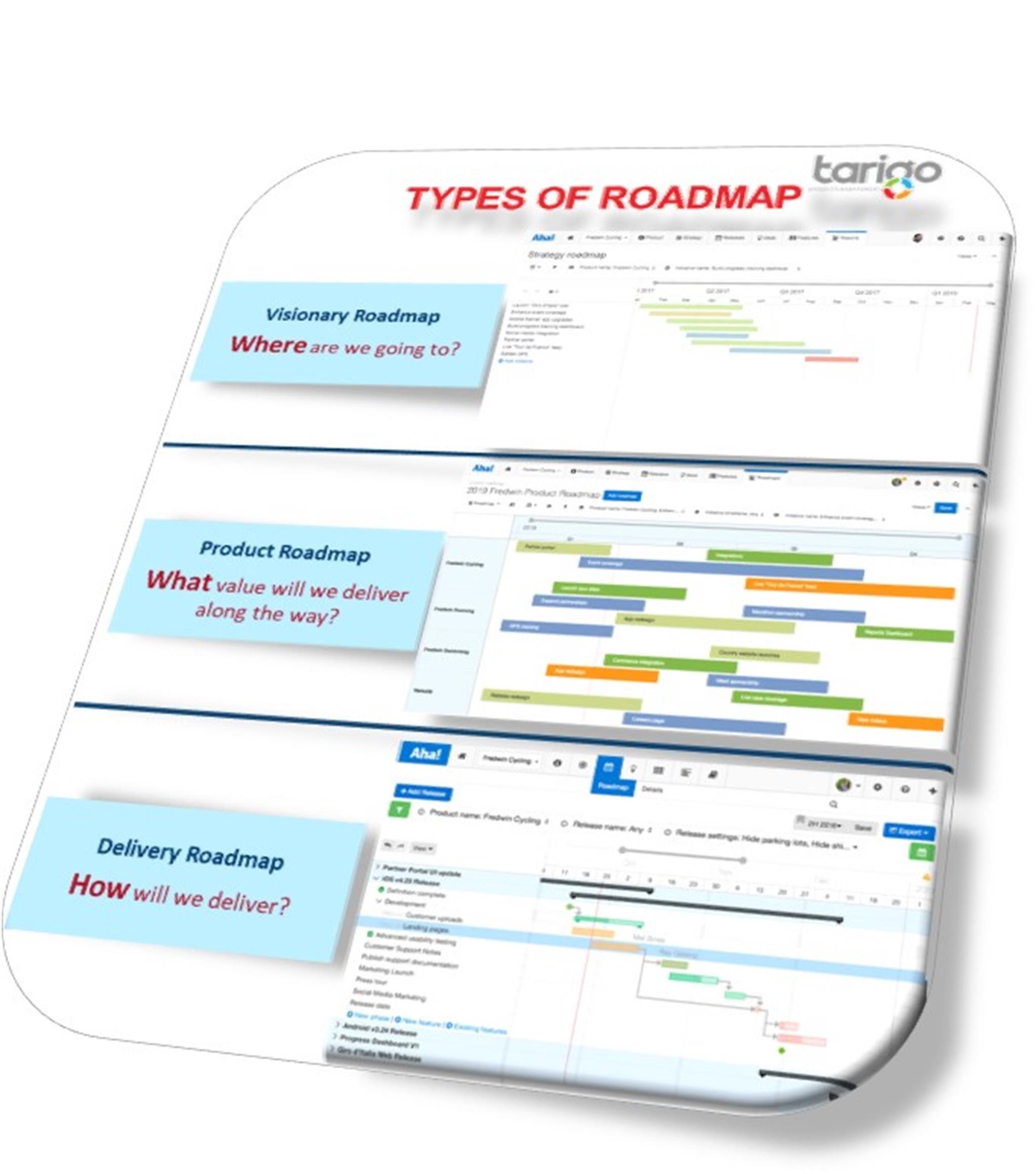
Vision, Product, Delivery
Have you been asked to build out your road-map? First thing to remember, there really isn’t really one road-map, there’s three:
VISION – Your destination
It describes where we want your product to be. Think about:
• Market trends
• Technology developments
• Competitor strategy
• Business goals
• A 3 – 5 year planning horizon
PRODUCT – Your stopover points on the way
It describes the value you’ll deliver on the journey to reaching your vision. Think about:
• Target customer per road-map element
• Value propositions per road-map element
• Delivery date windows
DELIVERY – Your map
It describes your plan to deliver the product road-map. Think about
• The complete set of deliverables (not just the product)
• Inter dependencies
• Precise delivery dates
You should lead with vision and the go into product and delivery – imagine planning a journey without a sense of where you want to go!
Oh, and the best tool for road-mapping by a significant margin is aha!
read more
Check out the Archive